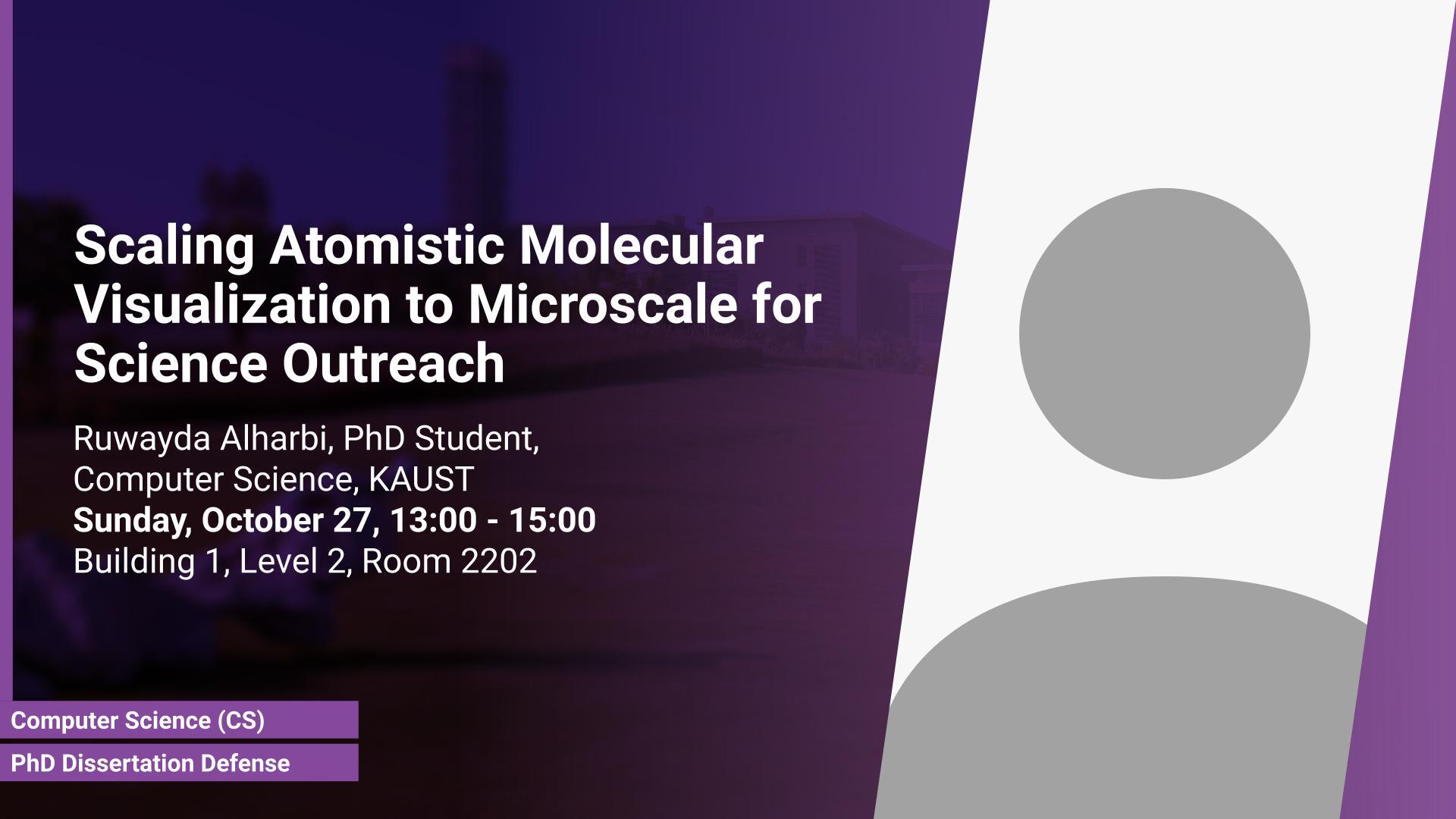Abstract
Existing molecular visualization techniques are limited to small biological entities like viruses and bacteria due to hardware limitations. As biological structures grow in size, they pose new challenges in modeling, rendering, and memory management. Scaling atomistic molecular visualization to the microscale bridges detailed molecular models with larger biological contexts, helping us see how molecular data fit into the overall picture of biological systems. In this thesis, we adopt the methodological strategy of "compute instead of store" and propose several contributions to address this challenge. First, we introduce a new method for the interactive creation and rendering of very large molecular scenes, encompassing detailed representations of multiple biological cells at the atomic level. This approach utilizes procedural generation based on predefined building rules, eliminating the reliance on conventional out-of-core memory management for such data. Instead, our approach dynamically generates the portion of the scene surrounding the camera in real-time, employing a strategy that is both position- and view-dependent. Secondly, we present a new method for the interactive rendering of massive molecular scenes utilizing hardware-accelerated ray tracing. This technique addresses GPU memory limitations by implementing virtual instantiation of full-detail scene elements. By leveraging instancing, we minimize memory consumption while preserving atomistic detail in scenes containing trillions of atoms, thus supporting interactive rendering and unrestricted user exploration. To enable virtual instantiation, we introduce a novel three-level tree of acceleration structures that provides controlled access to intermediate BVH nodes within the RT core architecture, enhancing the control over BVH traversal. Furthermore, our method uses triangular meshes as proxy geometries to approximate the shapes of biological compartments, with atomistic details dynamically instantiated during ray tracing within the defined spaces. This approach ensures scalability to extremely large molecular scenes while maintaining low memory usage. Third, we introduce a novel method for visibility and guidance in dense biological environments, providing an endoscopic inside-out view rather than the conventional outside-in perspective. This method enhances the immersive experience within virtual reality. Our approach has two integrated components: a localized scene sparsification approach and depth-based camera path planning. The sparsification technique employs a multi-scale, multi-shell strategy to control detail around the camera, while the camera path is guided to explore internal structures.
Brief Biography
Ruwayda Alharbi holds a Bachelor of Science in Computer Science from Taibah University and earned her MSc in Computer Science from King Saud University in 2016. She is currently pursuing her Ph.D. with a focus on Molecular Visualization. Since 2009, Ruwayda has been affiliated with Taibah University, serving as a Teaching Assistant.
